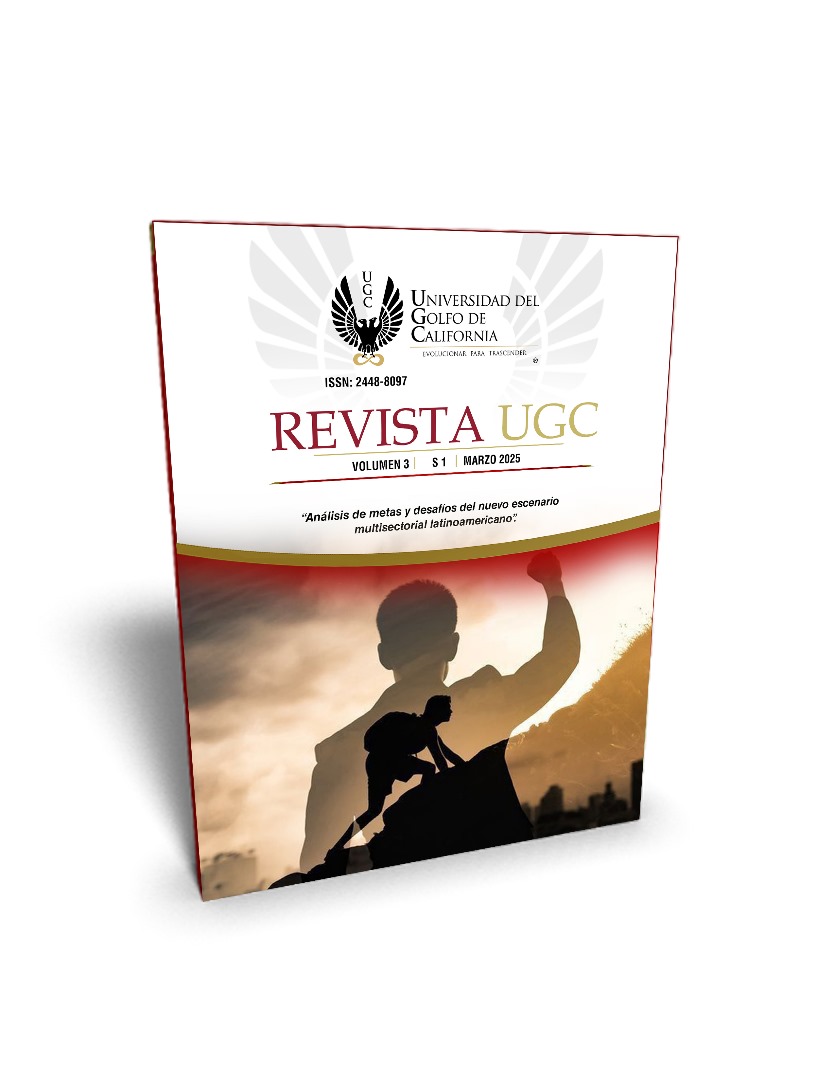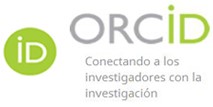Financial evaluation and optimization of stock market investment portfolios using the CRITIC method
Keywords:
Portfolio optimization, stock investment, financial analysis, profitability, volatility, liquidityAbstract
The study analyzed the application of the Criteria Importance through Correlation method in the evaluation and optimization of stock investment portfolios. Its objective was to determine its effectiveness compared to traditional methodologies. A literature review was conducted to contextualize its use in financial analysis, identifying key criteria such as profitability, volatility, liquidity, Sharpe ratio, and asset correlation. Through a quantitative approach, the CRITIC method was employed to assign objective weights to each criterion, eliminating subjectivity in portfolio optimization. The results showed that average profitability and the Sharpe ratio were the most influential factors in investment decision-making, while liquidity and asset correlation had a relatively lower impact. It was concluded that CRITIC provides a more accurate and balanced assessment than traditional models, allowing for an objective weighting of criteria without restrictive assumptions about return distribution or investor behavior. This study highlighted the importance of financial education in decision-making and suggested the possibility of future research on integrating this method with other portfolio optimization approaches.
Downloads
References
Bellocchi, A., & Travaglini, G. (2025). Financial literacy and financial education: The role of irreversible costs. Economics Letters, 247. https://doi.org/https://doi.org/10.1016/j.econlet.2025.112173
Carballo, I. E. (2020). Tecnologías Financieras: oportunidades y desafíos de las Fintech para la regulación, la educación y la inclusión financiera. Revista CIES Escolme, 11(2), 247–276. http://revista.escolme.edu.co/index.php/cies/article/view/308
Clark, R. L., Lin, C., Lusardi, A., Mitchell, O. S., & Sticha, A. (2025). Evaluating the effects of a low-cost, online financial education program. Journal of Economic Behavior & Organization, 232. https://doi.org/https://doi.org/10.1016/j.jebo.2025.106952
Gao, H., Lü, Y., Zhao, B., & Zhu, N. (2025). Housing market investability and stock market participation. Economics Letters, 248. https://doi.org/https://doi.org/10.1016/j.econlet.2025.112219
Guevara Alban, G. P., Verdesoto Arguello, A. E., & Castro Molina, N. E. (2020). Metodologías de investigación educativa (descriptivas, experimentales, participativas, y de investigación-acción). Recimundo, 4(3), 163–173. https://www.recimundo.com/index.php/es/article/view/860
Hernández Ruiz, D. Y., Sauza Avila, B., Cruz Ramírez, D., Pérez Castañeda, S. S., & Lechuga Canto, C. B. (2024). El modelo de Valoración de Activos de Capital (CAPM), en las empresas de consumo frecuente y telecomunicaciones. Ingenio y Conciencia Boletín Científico de La Escuela Superior Ciudad Sahagún, 11(22), 125–132. https://repository.uaeh.edu.mx/revistas/index.php/sahagun/article/view/12564
Jin, S., Xiong, R., Peng, H., & Tang, S. (2025). ESG performance and private enterprise resilience: Evidence from Chinese financial markets. International Review of Financial Analysis, 98. https://doi.org/https://doi.org/10.1016/j.irfa.2024.103884
Lamadrid Bazán, J. E., De la Torre Torres, O. V., & Alfaro-Calderón, G. G. (2021). Educación Financiera: Origen, análisis y evolución de las aportaciones científicas mediante técnicas bibliométricas en la Web of Science. Inquietud Empresarial , 21 (2), 35–49. https://doi.org/10.19053/01211048.11475
Loor Zambrano, H. Y., Santistevan Nunura, J. P., Ureta Zambrano, M. I., & Mera Macías, R. B. (2023). Análisis de indicadores de desempeño financiero de la empresa ecuatoriana de balanceados Coprobalan SA. Revista San Gregorio, 1(54), 128–146. http://scielo.senescyt.gob.ec/scielo.php?script=sci_arttext&pid=S2528-79072023000200128
Meza, A. (2021). Determinantes que impulsan la educación financiera en Ecuador. Cuestiones Económicas, 31(3). https://dialnet.unirioja.es/servlet/articulo?codigo=8807524
Morales Castro, J. A., & López Herrera, F. (2021). Teoría¿“moderna” y “postmoderna”? del portafolio y desempeño de índices sectoriales del mercado accionario mexicano. Panorama Económico, 17(34), 9–38. https://www.revistapanoramaeconomico.mx/index.php/PE/article/view/78
Nalan Bilişik, Ö., Hafize Duman, N., & Taş, E. (2024). A novel interval-valued intuitionistic fuzzy CRITIC-TOPSIS methodology: An application for transportation mode selection problem for a glass production company. Expert Systems with Applications, 235. https://doi.org/https://doi.org/10.1016/j.eswa.2023.121134
Olivares Aguayo, H. A. (2021). Afectaciones financieras en los principales países de América Latina con mayores registros de COVID-19. Revista Mexicana de Economía y Finanzas (REMEF): Nueva Época, 16(3). https://dialnet.unirioja.es/servlet/articulo?codigo=8796592
Downloads
Published
How to Cite
Issue
Section
License
Copyright (c) 2025 Martha Elizabeth Guaigua-Vizcaino, Wilmer Medardo Arias-Collaguazo, Jenny Marisol Guaigua-Vizcaino

This work is licensed under a Creative Commons Attribution-NonCommercial 4.0 International License.
Los autores conservan los derechos de autor, garantizando a la Revista el derecho a la primera publicación del trabajo. Los autores ceden a la Revista los derechos de explotación de la obra autorizándola a la distribución y comunicación pública con fines no comerciales. Los autores conservan los derechos morales sobre la obra publicada. Los derechos patrimoniales le corresponden a la Revista.






